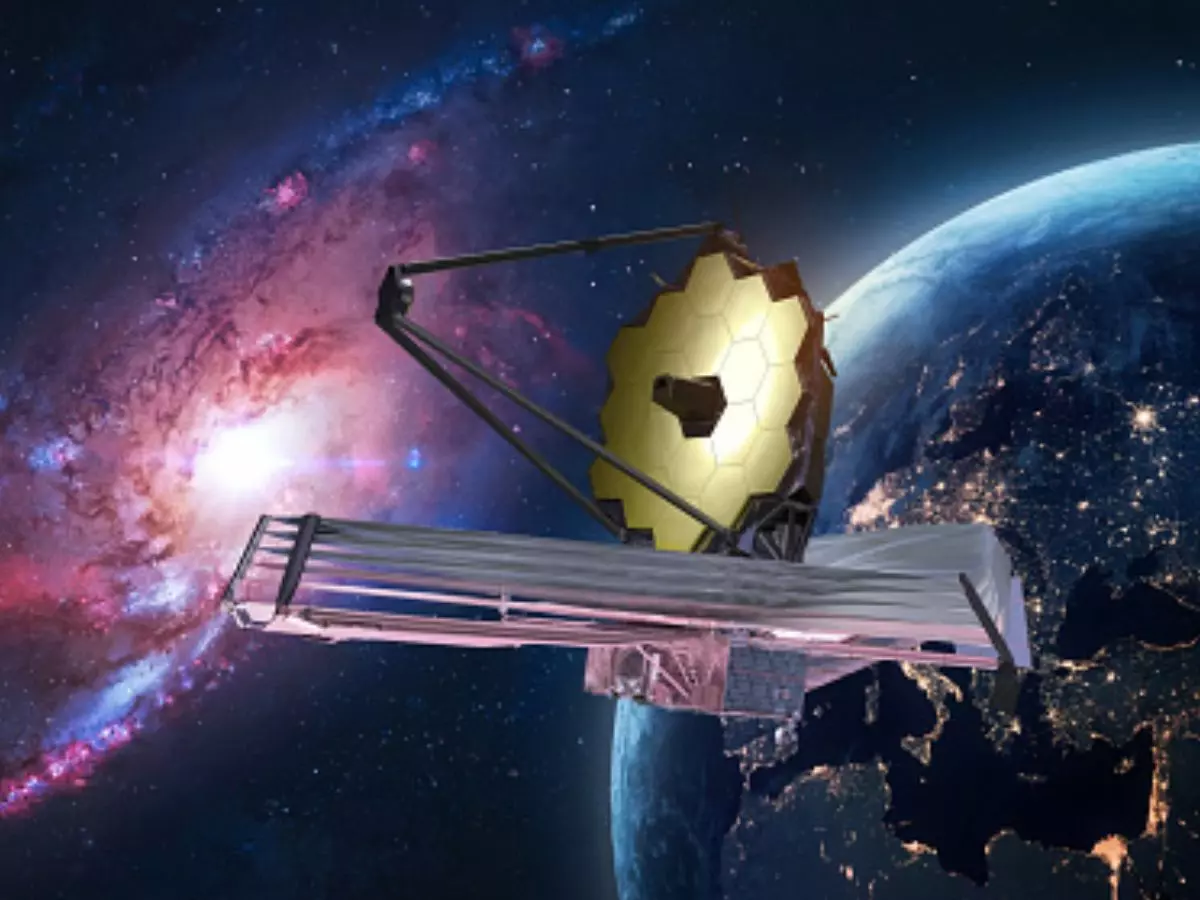NASA's James Webb Space Telescope finds six wandering rogue planets that formed like stars
The discovery includes the lightest rogue planet candidate ever identified, with a dusty disk around it. The elusive objects offer new evidence that the same cosmic processes that give birth to stars may also play a common role in making objects only slightly bigger than Jupiter.

In an amazing discovery that could shed more light on how stars are formed, NASA's James Webb Space Telescope (JWST) has identified half a dozen free-floating planets. The planets were identified during a survey of the young nebula NGC 1333, a star-forming cluster about a thousand light-years away in the Perseus constellation.
 CREDIT: ESA
CREDIT: ESA
What James Webb found
The discovery includes the lightest rogue planet candidate ever identified, with a dusty disk around it. The elusive objects offer new evidence that the same cosmic processes that give birth to stars may also play a common role in making objects only slightly bigger than Jupiter.
Help in understanding how stars form
A new image from the survey released today by the European Space Agency shows NGC 1333 glowing with dramatic displays of interstellar dust and clouds.
¡°We are probing the very limits of the star-forming process,¡± said lead author Adam Langeveld, an astrophysicist at Johns Hopkins University. ¡°If you have an object that looks like a young Jupiter, is it possible that it could have become a star under the right conditions? This is important context for understanding both star and planet formation.¡±
 CREDIT: NASA
CREDIT: NASA
5-10 times massive than Jupiter
The University of Michigan, which was part of the study, said in a statement that the JWST data suggest the discovered worlds are gas giants 5 to 10 times more massive than Jupiter.
Also read: James Webb Captures Star-Forming Region In Nearby Dwarf Galaxy
"That means they are among the lowest-mass objects ever found to have grown from a process that would generally produce stars and brown dwarfs, objects straddling the boundary between stars and planets that never ignite hydrogen fusion and fade over time," the release said.
For more news and current affairs from around the world, please visit Indiatimes News.
